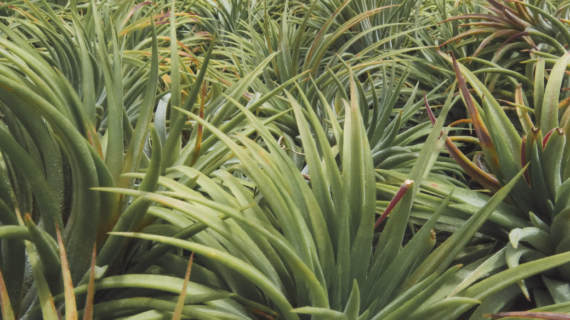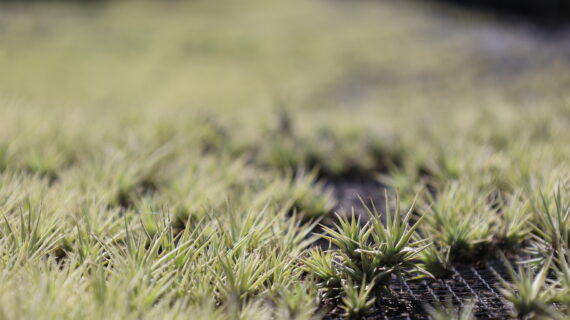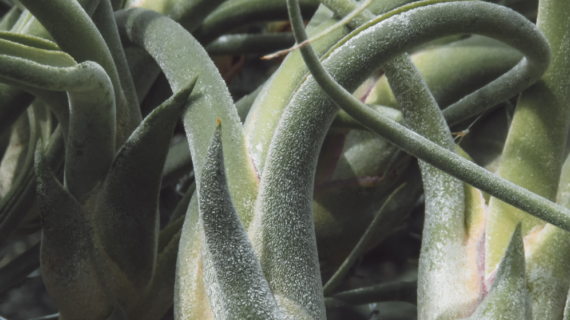
Air plants, scientifically known as Tillandsias, have captivated plant lovers around the world with their unique ability to thrive without soil. These extraordinary plants are not only visually appealing but also have a fascinating history and evolutionary journey. From their ancient origins in the wild to becoming popular houseplants, air plants have traveled a remarkable path of adaptation and resilience. Let’s explore the history and evolution of air plants, and how they’ve gone from nature to your home.
A Glimpse into the Past

The story of air plants begins millions of years ago. Tillandsias belong to the Bromeliaceae family, which also includes the pineapple. This diverse family has over 650 species of Tillandsias, each adapted to different environments ranging from rainforests to deserts. Air plants are native to the Americas, with a significant concentration in Central and South America, Mexico, and parts of the southern United States.
Ancient Adaptations
Over time, air plants developed unique adaptations to thrive in various climates and ecosystems. Their most distinctive feature is their ability to absorb water and nutrients directly through their leaves, rather than relying on roots and soil. This adaptation allows them to live in challenging environments such as rocky cliffs, tree branches, and even desert sands, where other plants struggle to survive.
Trichomes: Air plants have tiny hair-like structures on their leaves called trichomes. These trichomes help them capture moisture and nutrients from the air. In dry conditions, the trichomes act as a protective layer, reducing water loss and reflecting excess sunlight.
Versatile Growth Habits: Unlike many plants, Tillandsias can grow in various positions, even upside down. This versatility enables them to colonize a wide range of habitats, from dense forests to barren rocks.
From the Wild to Cultivation

The journey of air plants from their natural habitats to cultivation began in the late 19th and early 20th centuries, when botanists and plant collectors discovered these unique plants during their explorations of the Americas. Their unusual appearance and adaptability soon captured the attention of plant enthusiasts in Europe and North America.
The Rise of Indoor Gardening
The popularity of air plants as houseplants really took off in the latter half of the 20th century, coinciding with the rise of indoor gardening. Their ability to thrive without soil made them ideal for modern homes, where traditional gardening space might be limited. Air plants became a symbol of innovation in horticulture, showcasing how nature’s creativity can fit into human spaces.
Decorative Uses and Modern Appeal
Today, air plants are celebrated not just for their resilience but also for their aesthetic appeal. They have become a staple in home decor, often displayed in creative arrangements such as hanging terrariums, wall art, and mounted on driftwood or rocks. Their minimal maintenance needs and versatility make them perfect for both novice gardeners and experienced plant enthusiasts.
The history and evolution of air plants, from their ancient origins in the wild to becoming beloved houseplants, is a testament to their incredible adaptability and resilience. By bringing these fascinating plants into our homes, we not only enjoy their beauty but also connect with a piece of the natural world that has survived and thrived for millions of years. As we care for our Tillandsias, let’s remember their unique journey and do our part to support their future through sustainable practices.